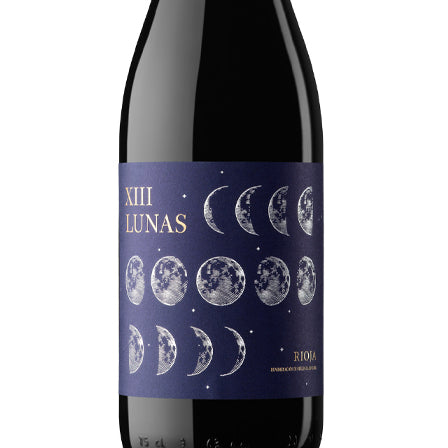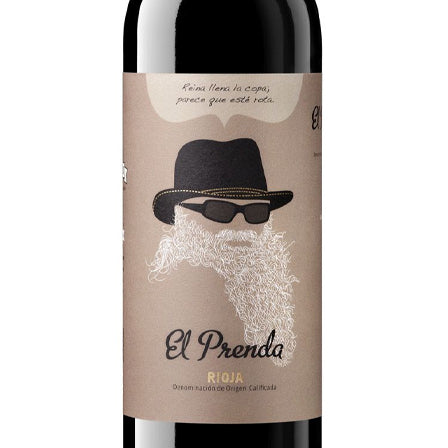marries this moment
Pumpkin cheesecake.
For many sweet recipes with pumpkin like the one below, it is always recommended to make the homemade puree by roasting the vegetable and draining the water well, thus gaining flavor and texture. For the base you can choose the cookies that you like the most, or choose to prepare a shortcrust pastry or similar instead.
Ingredients for a mold of about 22 cm
150g breakfast biscuits
60g of butter
450g cream cheese
120g brown sugar
1/2 teaspoon cinnamon
1/2 teaspoon ginger
1/4 teaspoon nutmeg
1/4 teaspoon of cloves
1 pinch of salt
3 eggs L
250 ml of pumpkin puree.
How to make pumpkin cheesecake
Take all the ingredients out of the fridge half an hour before starting. Preheat the oven to 175ºC and grease or line a removable round mold with parchment paper. Crush the cookies, add the melted butter and mix. Cover the bottom of the mold.
Beat the cream cheese in a large bowl, with a wire mixer, until very smooth. Add the brown sugar, cinnamon, ginger, nutmeg, cloves, and salt and beat. Add the eggs one at a time, beating slightly after each addition. Add the pumpkin and beat a little more.
Fill the mold with the mixture, leveling the surface, and bake for 30 minutes. Lower the temperature to 160ºC and continue baking for another 20-30 minutes, or until a toothpick inserted comes out practically clean. Let cool for a few minutes out of the oven and carefully unmold.
And don't forget to take advantage of the crunchy seeds; simply as a snack to peck they are addictive. I also like to use them as toppings in soups, creams, salads or mixed with yogurt, cereals and fruit.
Prepare crunchy seeds:
We clean the pumpkin seeds under a stream of cold water. When we have the clean seeds, separated from the filaments and remains of pulp, let them dry on kitchen paper. Then we place them on a tray, season with salt and pepper and mix with the spices that we like, for example: curry, cumin or paprika. They can also be made sweet, with a little sugar or honey, cinnamon and ginger. Put the tray in the oven for 20 minutes. They should be crisp and golden.
The Wine: Rewind
Very bright greenish-straw yellow white, native Rioja viura, very fruity, highlighting aromas of apple with a touch of citrus, and a background of dried fruit. On the palate, a soft and fresh entry stands out, with a persistent attack, good medium body, highlighting the excellent harmony between acidity and fruit. Persistent and long.
It can be enjoyed as an aperitif, with a wide variety of tapas, shellfish and fish.
Tasting test answers
1| APPEARANCE:
Viscosity:MediaClarity:SparklyWhite:Light yellow
2| AROMAS AND FLAVORS
Intensity:High Aromas:Very fruity, highlighting apple with a citrus touch with a touch of nuts.
3| STRUCTURE
Sweetness:Semi-dryAcidity:MediaTannins:UnderBody:Medium


The Winery
The Street Wines winery fits perfectly with the Bebedistinto concept, because, like us, they believe that there is more wine than the one dominated by norms, classicism and great producers. We all have Rioja wines, like serious, classic wines; street wine arrives stomping to make us break this taboo, without neglecting the quality and personality of its wines.
Good wines for people fleeing classicism and looking for new sensations.
The Winery
The Street Wines winery fits perfectly with the Bebedistinto concept, because, like us, they believe that there is more wine than the one dominated by norms, classicism and great producers. We all have Rioja wines, like serious, classic wines; street wine arrives stomping to make us break this taboo, without neglecting the quality and personality of its wines.
Good wines for people fleeing classicism and looking for new sensations.

The Wine: Pirate Grape
Petit Verdot red wine
Legend has it that a fierce oenologist known as Fernando Freire embarked on a risky adventure, to seize the most precious of the French native varieties to make the most rogue wine on both sides of the ocean. This is how Uva Pirata was born, a wine with character and personality, with daring tannins that will conquer palates wherever it goes. Do you dare resist their approaches?
For this elaboration, Petit Verdot grapes from 2 different subzones of the DOP Valencia have been used. With different altitudes and climates to achieve an excellent final result with the union of the best characteristics of each region. On the one hand, a vineyard at an altitude of 830 m and a continental climate, with a great thermal oscillation between day and night, which means that its fruits add body and character to this wine. On the other hand, the vineyard at an altitude of 420 m and a clear Mediterranean climate with mild winters and high temperatures in summer, which guarantee an unbeatable maturation of the grapes, providing fruit load and elegance, at the same time as the optimal graduation for its fermentation in cask. The harvest has been carried out by hand with a selection of grains of excellent health status. Both destemming and crushing are carried out very gently before cold maceration to obtain as many varietal aromas as possible. At the optimum moment, it is taken to new French oak barrels where fermentation takes place. This greatly improves the organoleptic characteristics of this wine, giving greater structure and unctuousness in the mouth. Using the "Battonage" technique to keep all the wine in contact with the finest lees has been improved.
Tasting test answers
1| APPEARANCE:
Viscosity:MediaClarity:Sparkly Tinto:Ruby
2| AROMAS AND FLAVORS
Intensity:High Aromas:Red fruits, blackberries, caramel, vanilla and mocha.
3| STRUCTURE
Sweetness:semisweetAcidity:MediaTannins:MediumBody:round


The Winery
Bodegas Vicente Gandia is a Valencian wine-producing and marketing company founded in 1885. At that time, the marketing of Vicente Gandia wines, as well as 100% of those produced in the Valencian Community, were destined for export in large barrels, specifically to European countries who, thanks to the Valencian Community, manage to provide greater vigor and grade to their wines. It is located on a family estate called Hoya de Cadenas, in the town of Utiel.
The fourth generation is responsible for the increase in the quality of the wines, for the creation of new lines of wine aimed at a younger audience, as well as for the cultural project Arte en Barrica, made up of a collection of barrels customized by artists such as Carmen Calvo, Miquel Navarro or Javier Mariscal.
In 2018, it was awarded the "Aurum Europa Excellence Enogastronomic Award", a recognition that recognizes it as the "Best European Winery", acknowledging its career and work within the world of oenology. This award was granted by CEUCO (European Council of Enogastronomical Brotherhoods), a European organization that brings together the main brotherhoods dedicated to the protection and dissemination of gastronomy and oenology in their places of origin.
The Winery
Bodegas Vicente Gandia is a Valencian wine-producing and marketing company founded in 1885. At that time, the marketing of Vicente Gandia wines, as well as 100% of those produced in the Valencian Community, were destined for export in large barrels, specifically to European countries who, thanks to the Valencian Community, manage to provide greater vigor and grade to their wines. It is located on a family estate called Hoya de Cadenas, in the town of Utiel.
The fourth generation is responsible for the increase in the quality of the wines, for the creation of new lines of wine aimed at a younger audience, as well as for the cultural project Arte en Barrica, made up of a collection of barrels customized by artists such as Carmen Calvo, Miquel Navarro or Javier Mariscal.
In 2018, it was awarded the "Aurum Europa Excellence Enogastronomic Award", a recognition that recognizes it as the "Best European Winery", acknowledging its career and work within the world of oenology. This award was granted by CEUCO (European Council of Enogastronomical Brotherhoods), a European organization that brings together the main brotherhoods dedicated to the protection and dissemination of gastronomy and oenology in their places of origin.






